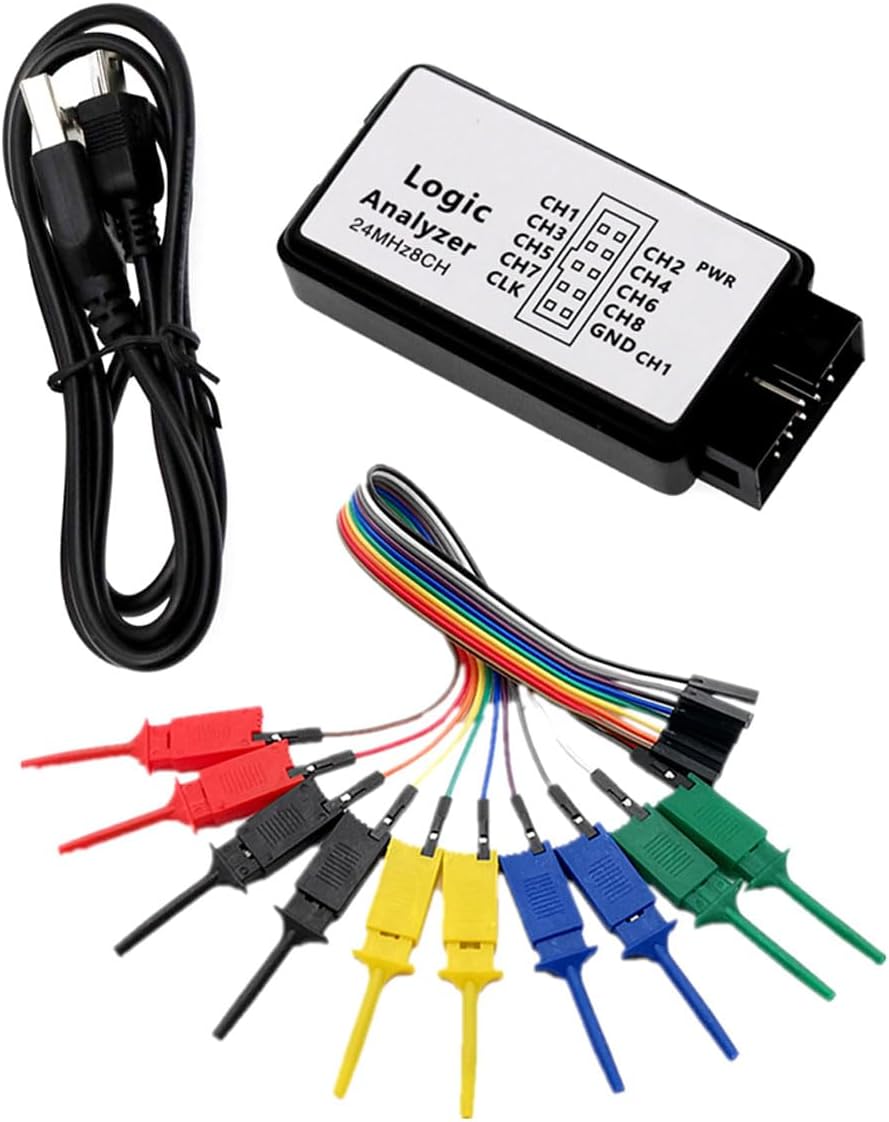








Understanding Enclosure Analyzers: A Comprehensive Guide
In today’s rapidly evolving technological landscape, the role of enclosure analyzers has become increasingly pivotal. But what exactly is an enclosure analyzer? Think of it as a sophisticated tool designed to assess and optimize the performance of electronic enclosures. Whether you’re an engineer, a product designer, or simply a tech enthusiast, grasping the ins and outs of enclosure analyzers can offer invaluable insights into the world of electronic design.
The Basics of Enclosure Analyzers
At its core, an enclosure analyzer evaluates how well an enclosure protects its internal components from external elements such as dust, moisture, and electromagnetic interference. Imagine your favorite gadget—whether it’s a smartphone, a gaming console, or a compact computer. Each of these devices relies on a well-designed enclosure to function effectively. An enclosure analyzer ensures that these designs meet industry standards and perform optimally.
Why Are Enclosure Analyzers Important?
Now, you might be wondering, why should I care about enclosure analyzers? Well, consider this: the integrity of an electronic device often hinges on the quality of its enclosure. A poorly designed enclosure can lead to overheating, component failure, and ultimately, dissatisfied customers. An enclosure analyzer helps mitigate these risks by providing data-driven insights that inform design decisions.
Key Features of Enclosure Analyzers
When diving into the world of enclosure analyzers, several features stand out:
1. **Thermal Analysis**: Enclosure analyzers can simulate how heat disperses within an enclosure. This is crucial for preventing overheating, which can degrade performance and shorten the lifespan of electronic components.
2. **Structural Integrity Testing**: These devices assess the physical durability of enclosures. Imagine testing a helmet before a bike ride; you want to ensure it can withstand impacts. Similarly, structural integrity testing checks how well an enclosure can protect its contents.
3. **Electromagnetic Compatibility (EMC) Testing**: In our interconnected world, devices must coexist without interfering with one another. Enclosure analyzers check for electromagnetic interference, ensuring that devices operate harmoniously.
4. **Ingress Protection (IP) Ratings**: Enclosure analyzers often determine how well an enclosure can resist dust and moisture. Think of it as a raincoat for electronics—if the IP rating is low, your device might not survive a little rain.
How to Choose the Right Enclosure Analyzer
Choosing the right enclosure analyzer can feel daunting. With so many options available, how do you find the perfect match? Here are a few tips:
– **Assess Your Needs**: What specific tests do you need to perform? Are you more focused on thermal analysis, structural integrity, or EMC testing? Understanding your requirements will guide your decision.
– **Consider Ease of Use**: A user-friendly interface can make all the difference, especially if you’re new to enclosure analysis. Look for devices that offer intuitive controls and clear data outputs.
– **Evaluate Accuracy and Reliability**: The last thing you want is to invest in a tool that provides inconsistent results. Research customer reviews and expert opinions to ensure the analyzer you choose delivers reliable data.
– **Budget Wisely**: While it’s tempting to go for the cheapest option, remember that quality often comes at a price. Weigh the features against your budget to find a balance that works for you.
Real-World Applications of Enclosure Analyzers
Enclosure analyzers are not just theoretical tools; they have real-world applications across various industries. For instance, in the automotive sector, these analyzers ensure that electronic components in vehicles can withstand harsh environmental conditions. Similarly, in the aerospace industry, they play a critical role in certifying that sensitive instruments are protected from extreme temperatures and pressures.
Conclusion
In conclusion, enclosure analyzers are indispensable tools for anyone involved in the design and manufacturing of electronic devices. By understanding their importance, features, and applications, you can make more informed decisions that enhance the performance and reliability of your products. Whether you’re a seasoned professional or just starting, embracing the capabilities of enclosure analyzers can significantly impact your success in the tech industry.
FAQs
1. What types of enclosures are best suited for analysis?
Enclosures made from materials like metal, plastic, or composites can all be analyzed. The choice often depends on the device’s intended use, environmental conditions, and specific testing requirements.
2. How do I maintain my enclosure analyzer?
Regular calibration, cleaning, and following the manufacturer’s guidelines are essential for maintaining accuracy and prolonging the life of your enclosure analyzer.
3. Can I use an enclosure analyzer for multiple projects?
Absolutely! Many enclosure analyzers are versatile and can be used for various projects across different industries, making them a valuable investment for professionals.
